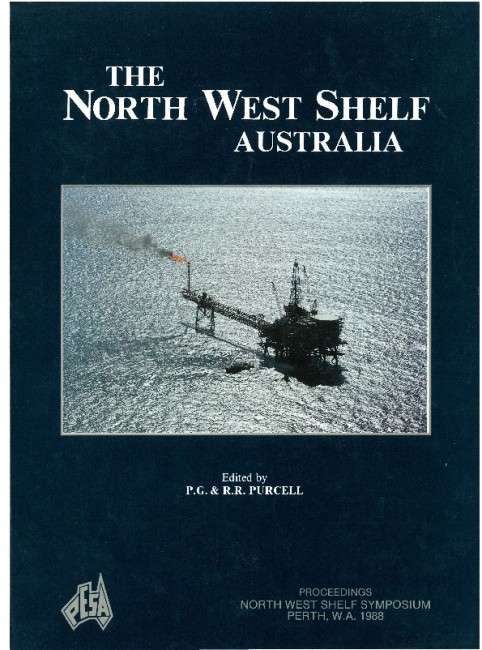Publication Name: The North West Shelf Australia
Authors: P.J. Jefferies
Date Published: July 1988
Number of Pages: 18
Reference Type: Book Section
Abstract:
Turtle 1 was drilled in 1984 in the offshore southern Bonaparte Basin. The well encountered numerous oil shows in sands of the Late Carboniferous to Early Permian Kulshill Group, but an extensive testing programme failed to produce hydrocarbons at commercial rates.Gas chromatography (GC) and gas chromatography- mass spectrometry (GC-MS) of the recovered oils suggest a common source, with kerogens of mixed marine and terrestrial origin, and a level of maturity around R0 =0.95%. The oils appear to be composites, formed by two phases of migration, with the first oil being severely biodegraded prior to the introduction of the second. This composite oil has subsequently been biodegraded to an extent dependent on its present depth of burial and its proximity to an oil-water contact. Biodegradation is not thought to be responsible for the failure of the well to produce oil at commercial rates.
Several potential source intervals have been analysed by Rock-Eval pyrolysis, GC and GC-MS, but no specific correlation with the Turtle oils can be made. However, the thick marine shales of the Early Carboniferous Milligans Formation or the Late Devonian Bonaparte Formation, that flank and underlie the Turtle structure, are the most likely sources.


